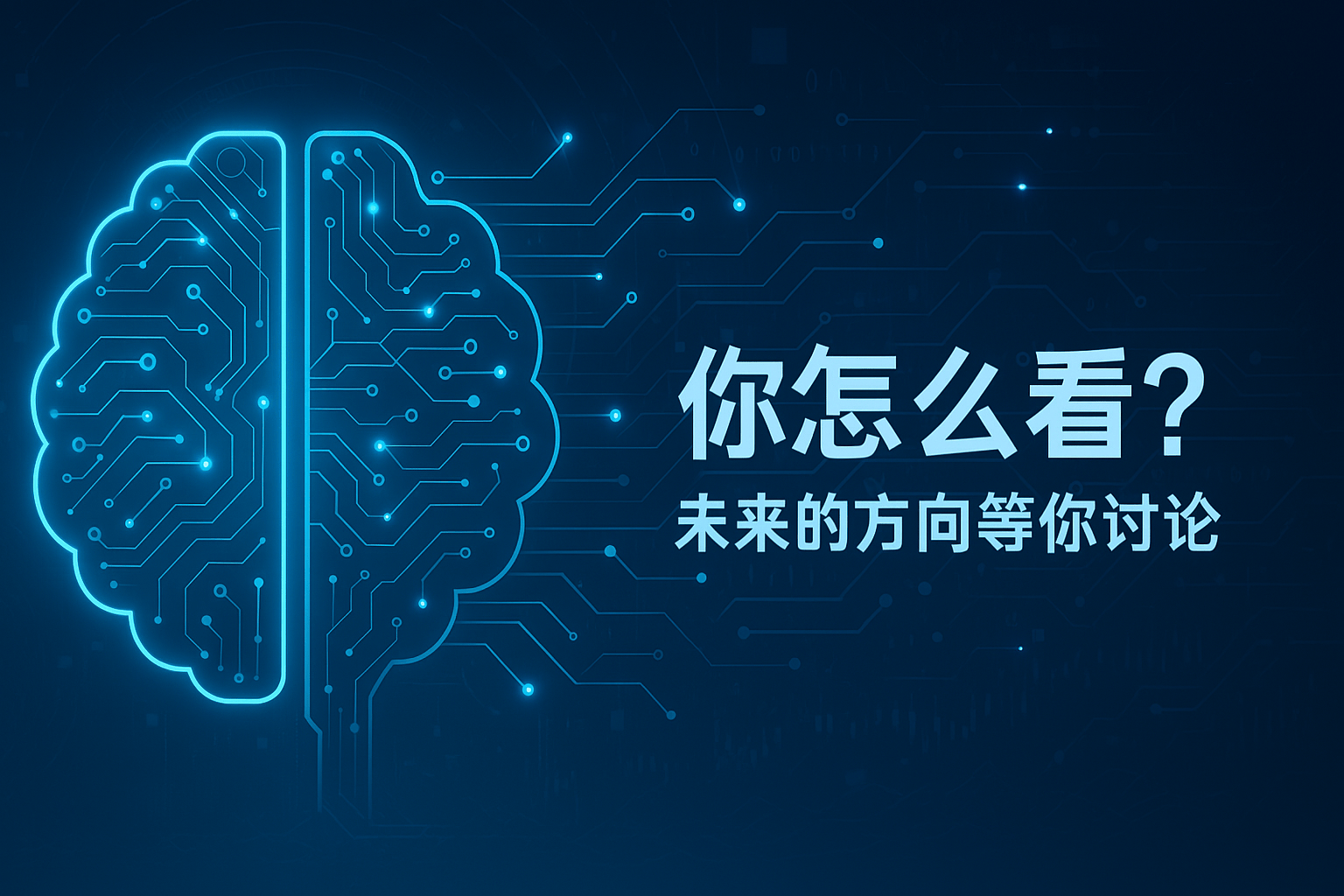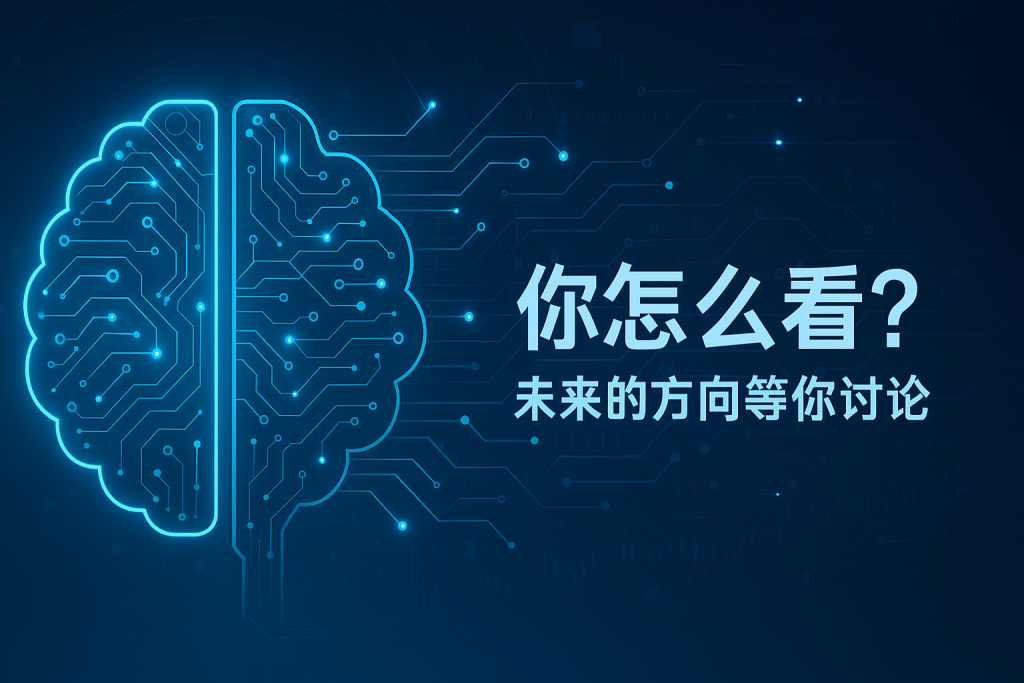markdown The OpenSeek project officially announced at the 4th Pazhou Algorithm Competition Ecological Empowerment Conference that it is committed to developing the next-generation large model that surpasses DeepSeek. This news has attracted widespread attention in the industry, marking the entry of the open source large modelfield into a new phase of competition.
Strategic Layout and Technical Goals of OpenSeek
OpenSeek’s goal this time is to promote collaborative innovation in algorithms, data, and systems, striving for breakthroughs in model performance. Liu Guang, head of the data research group at the Zhiyuan Artificial Intelligence Research Institute, emphasized in an interview the importance of open source collaboration, believing that it is key to accelerating model iteration and promoting technological advancement. Currently, DeepSeek has made significant progress in the large modelfield, and OpenSeek’s challenge will undoubtedly drive technological innovation across the industry.
Technological Innovation and Competitive Landscape
Surpassing DeepSeekis no easy task; it requires OpenSeek to achieve breakthroughs on multiple technical levels. This includes optimizing model architecture, improving the quality and scale of training data, and innovating algorithms. Currently, the competition in large models has entered a heated stage, with various players vying for technological supremacy. Besides the models themselves, API openness, building a developer ecosystem, and expanding application scenarios will all become key factors in determining success.
Advantages and Challenges of OpenSeek
As an open source co-creation project, OpenSeek’s advantage lies in its ability to gather the wisdom of developers from around the world, accelerating technological iteration. At the same time, the open source model helps lower technical barriers and promotes the implementation of more application scenarios. However, open source projects also face challenges, such as ensuring code quality and balancing commercial interests with community contributions. In today’s world, where data securityis increasingly emphasized, OpenSeek also needs to be well-prepared in areas such as data compliance and privacy protection.
Will API Standardization Reshape the Model Interface Landscape?
With the continuous development of large model technology, API standardizationhas become an important trend. Standardized APIs can reduce the difficulty for developers to integrate, promoting interoperability between different models. If OpenSeek can provide user-friendly APIs and ensure good compatibility with existing ecosystems, it will help attract more developers and expand its influence. Moreover, the openness of APIs also provides a foundation for building an AI toolchain, thereby accelerating the expansion of application scenarios.
Industry Trends and Future Outlook
The efforts of OpenSeek, along with the continuous progress of other models like DeepSeek, will drive the widespread application of large model technology across various industries. From intelligent customer service to autonomous driving, from medical diagnosis to financial analysis, large models are changing our ways of life and work. In the future, the capabilities of models will become even more powerful, and application scenarios will be more diverse. However, at the same time, the interpretability, reliability, and ethical issues of models will become focal points of industry concern.
What do you think is the key for OpenSeek to achieve breakthroughs in technology?
 返回搜狐,查看更多
返回搜狐,查看更多
平台声明:该文观点仅代表作者本人,搜狐号系信息发布平台,搜狐仅提供信息存储空间服务。

